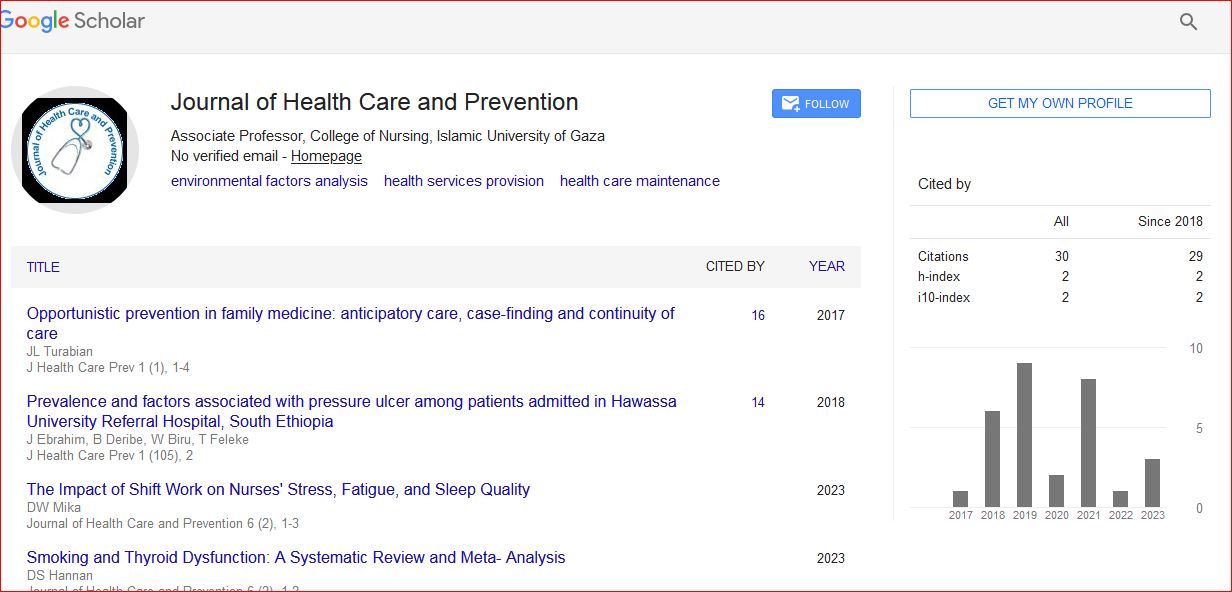Response times for emergency medical needs: A retrospective analysis of quality indicators for the Region of Belgrade
Abstract
Statement of the Problem: There are 7 emergency medical service (EMS) providers in the Region of Belgrade, Serbia, 6 on municipality level and one organized for 11 municipalities. In Serbia EMS is physician-staffed. The EMS responsetime (RT) is a measure of performance, but also a measure of quality and apredictor of health outcomes. Emergency medical conditions are time-dependent and need to be treated as fast as possible to obtainthe best health results for patients. The aim of this study is to assess the quality of pre-hospital EMS and RT for category 1 (life-threatening)emergency medical callsin Belgrade. Methodology: There are three quality indicatorsregarding RT for category 1 emergency calls:RT-I from receipt of call to inform EMS team, RT II -from receipt of call to arrival on scene, RT III-from arrival on scene to discharge of EMS team.A retrospectivestudy of EMS quality indicators was conducted for RT I and RT II (2009-2018) and for RT III (2011-2018).Findings:Theretrospective analysisshows that mean RTI was 1.10±0.21, mean RTII 8.12± 0.47 andmean RTIII 25.64±3.46.Nosignificant correlationsexist between year, number of emergency calls and RTs (Pearson’s r and Spearman’s ρ> 0.05). RTIII has beenreduced since 2016, with no significant correlationsbetween RTI, RTII and the number of emergency calls.Conclusion & Significance:Response times play a big role in patient survival and full recovery after life-threatening medical events. A decrease of RT onlyfor one minute can improve health outcomes.The results show that RTIII got shorter, representing more efficient EMS, providing on-time interventions and increasing turn-over rate. RTI and RTII did not change significantly over time, indicating that additional research should be done in order to suggest methods for time reduction.

 Spanish
Spanish  Chinese
Chinese  Russian
Russian  German
German  French
French  Japanese
Japanese  Portuguese
Portuguese  Hindi
Hindi 
